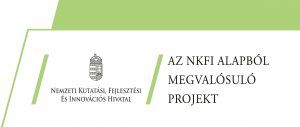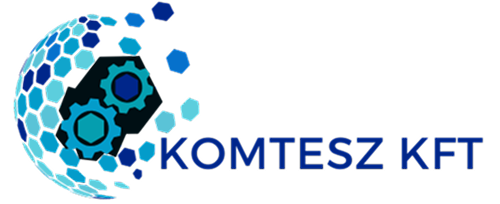ACTIVE PROJECTS | 2022-12-31 2022.12.31.
Development of a Chromatographic Device for the Automated Separation of Extracellular Vesicles and Other Biological Nanoparticles
Applicant Name: KOMTESZ Communication and Technical Services Limited Partnership
Project Title: Development of a Chromatographic Device for the Automated Separation of Extracellular Vesicles and Other Biological Nanoparticles
Contract Number: 2021-1.1.4-GYORSÍTÓSÁV-2022-00072
Grant Amount (HUF): 176 388 000
Total Cost (HUF): 225 460 000
Obligation to Provide Collateral: No
Project Start Date: 2023.03.01.
Physical Completion Deadline: 2026.02.28.
Final Financial Report Submission Deadline: 2026.05.01.
Original Effective Date: 2022.12.13.
Project Overview
The developed prototype is a device with internationally significant value, designed with key development criteria in mind, including ease of use, compact design, automated cleaning, reliability, and minimal maintenance requirements. Its operation requires only a low level of technical expertise, significantly facilitating the widespread adoption of extracellular vesicle (EV)-based diagnostics and related research. This advancement is expected to simplify and shorten the process of sample analysis for numerous diseases, supporting timely prevention. The device's full automation represents a major step forward compared to the current state of knowledge, as such technology has not yet been introduced in either related research or industrial fields. Manual isolation requires extensive expertise in molecular biology, spectroscopy, flow chemistry, and chromatography. The software component integrates these professional considerations, providing an evaluation system based on them, along with a user-friendly graphical interface.

